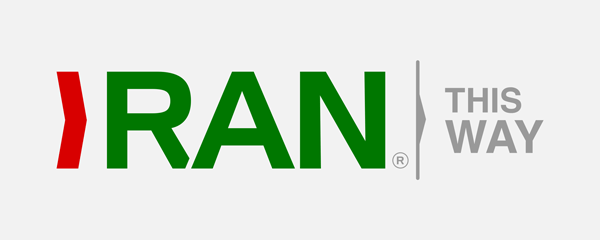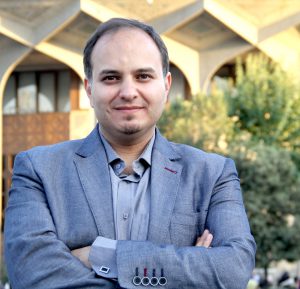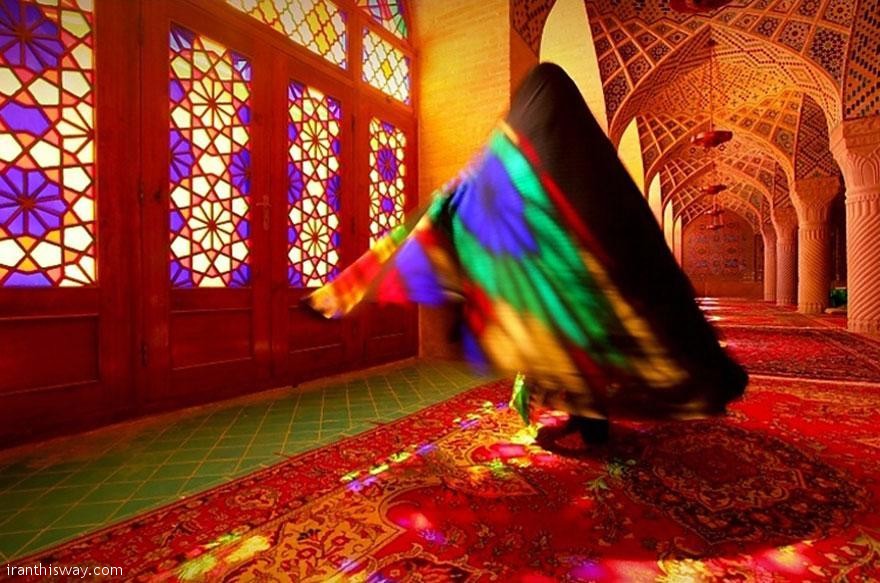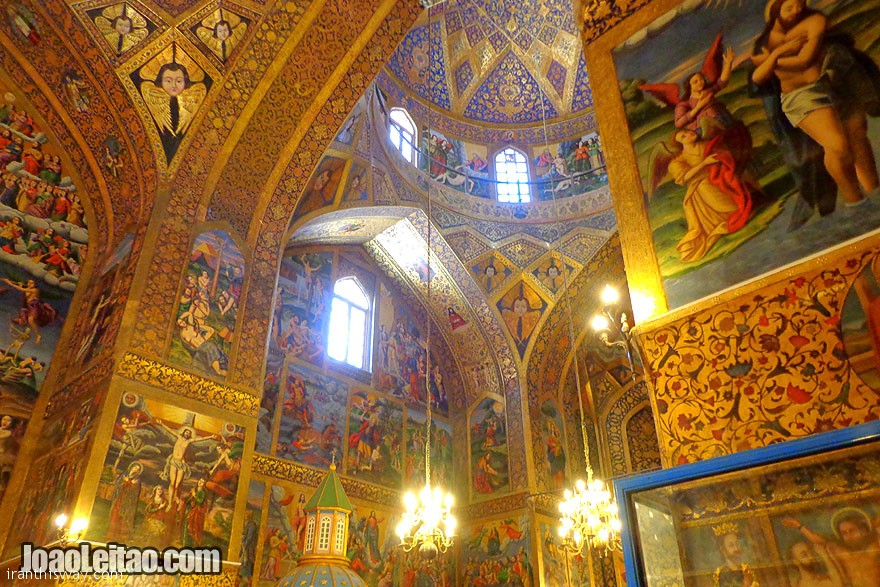 IRAN THIS WAY® is trying to inform you the realities of Iranian lifestyle through Photos, Videos, Story, Reports and Travel Guides.
IRAN THIS WAY® is trying to inform you the realities of Iranian lifestyle through Photos, Videos, Story, Reports and Travel Guides.
Media Services
IRAN THIS WAY® and partners provides full media services for all foreign company who wants to participate in Iran Market. We create the most engaging content possible, to secure coverage that reaches exactly the right audiences in Iran. [More]
Become familiar with Iranian lifestyle!
IRAN THIS WAY® CEO: Sadeq Hosseini
digitalidea@gmail.com
You are always welcome to IRAN!
The Islamic Republic of Iran (Jomhuri-ye Eslami-ye Iran) covers 636,300 square miles (1,648,000 square kilometres) in southwestern Asia. It is bounded on the north by Azerbaijan, Armenia, Turkmenistan, and the Caspian Sea, on the east by Pakistan and Afghanistan, on the south by the Persian Gulf and the Gulf of Oman, and on the west by Turkey and Iraq. Iran also controls about a dozen islands in the Persian Gulf. More than 30 percent of its 4,770-mile (7,680-kilometre) boundary is seacoast. The capital is Tehran (Teheran).
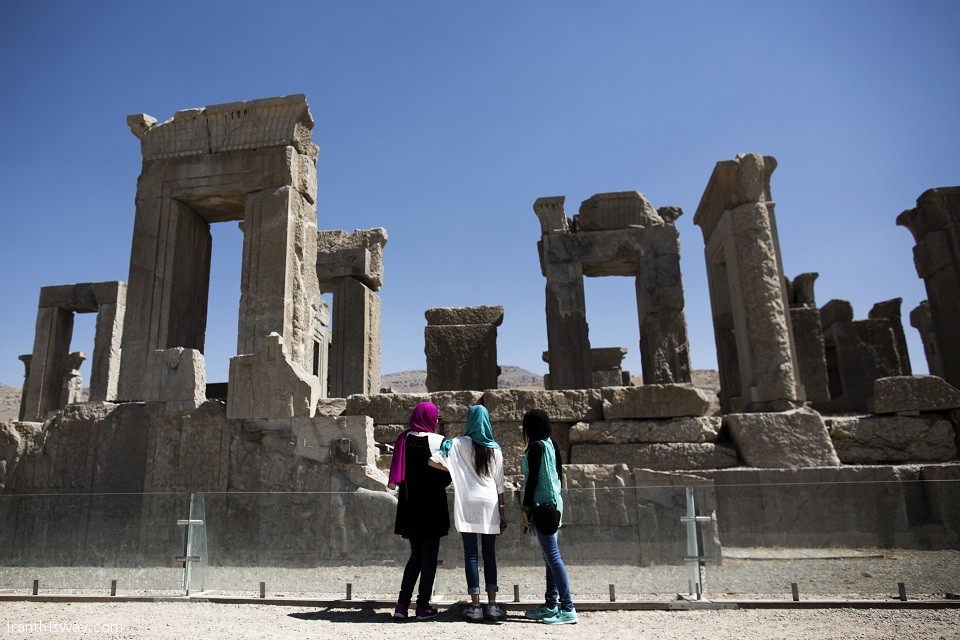
Iranian women look at the palace of King Darius of Achaemenid (522-486 BC) in the ancient Persian city of Persepolis near Shiraz in southern Iran on September 26, 2014. Persepolis, is one of the greatest architectural complexes of the ancient world, built atop a huge limestone platform. It was the main royal residence and ceremonial center of the Achaemenid empire of Persia (550-330 BC), but was later burned and plundered by Alexander the Great in 330 BC. AFP PHOTO/BEHROUZ MEHRI
Among Middle Eastern countries, Iran is unique in many ways. Its official language, Farsi (Persian), is Indo-European. While Iran adopted a modified version of the Arabic alphabet, it refused to lose its separate identity after the establishment of the Arab Empire in the 7th century. From the beginning of the Islamic era there was strong support for the house of ‘Ali, Muhammad’s son-in-law. ‘Imam Ali’s right of succession to the Prophet was disputed by the Sunnite majority, but his supporters proclaimed him first imam of their party. The party came to be called Shi’ah (Shi’ism), from shi’at ‘Ali, “party of ‘Ali.” When conversion to Islam began, Shi’ism was adopted by many, even though it was considered heresy at the time. Despite persecution the Shi’ite branch continued to grow, and in the 16th century it became the official religion of Iran. The concept of divine or sacred kingship, which originated in Mesopotamia, was an integral part of pre-Islamic Persian political culture and persists in the beliefs of the Shi’ites, who hold that sovereignty evolves from God and is expressed through his spokesmen on earth.
Iran is the only country in the Middle East that uses the Islamic solar calendar, which originated before the beginning of the Persian Empire (550 BC). After the conversion of the vast majority of Iranians to Islam, the ancient Iranian calendar was adjusted to begin with the year of the Prophet Muhammad’s immigration to Medina (the hijrah), equivalent to AD 622 in the Gregorian calendar. To convert from the Islamic solar calendar to the Gregorian, 621 or 622 years, depending on the time of year, are added to the Iranian year. (For example, the Iranian year 1361 began on March 21, 1982, and ended on March 20, 1983.) No-ruz (New Year’s Day) falls on March 21, the vernal equinox. The Arabic lunar calendar is used for religious observances.
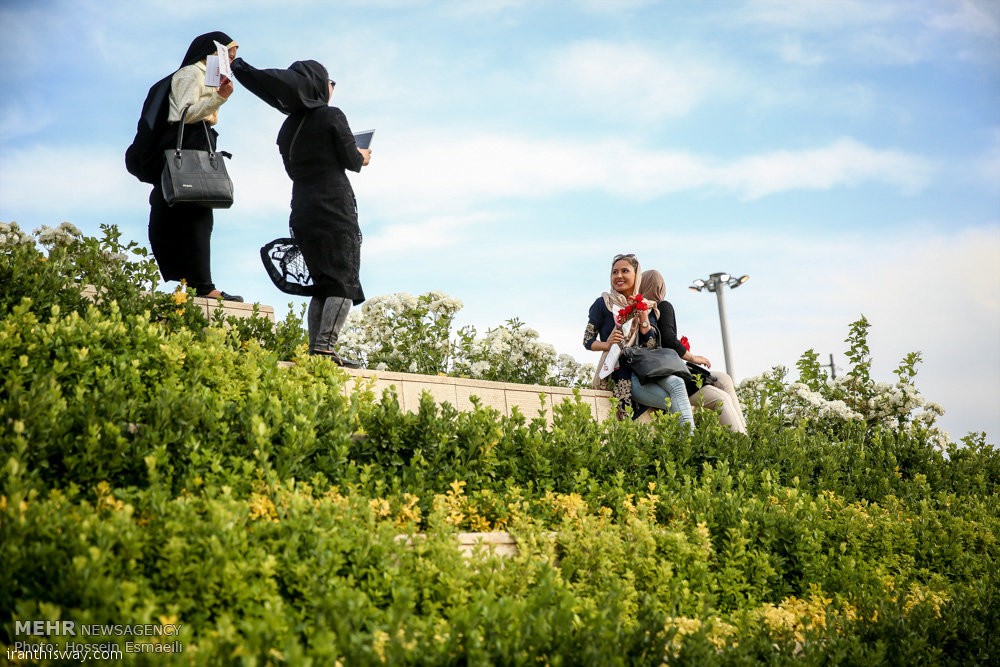
Iran has played an important role in the Middle East, as an imperial power and as a factor in rivalries between East and West. Its strategic position and its vast resources, including petroleum and natural gas, make it a nation to be reckoned with in the modern world.
